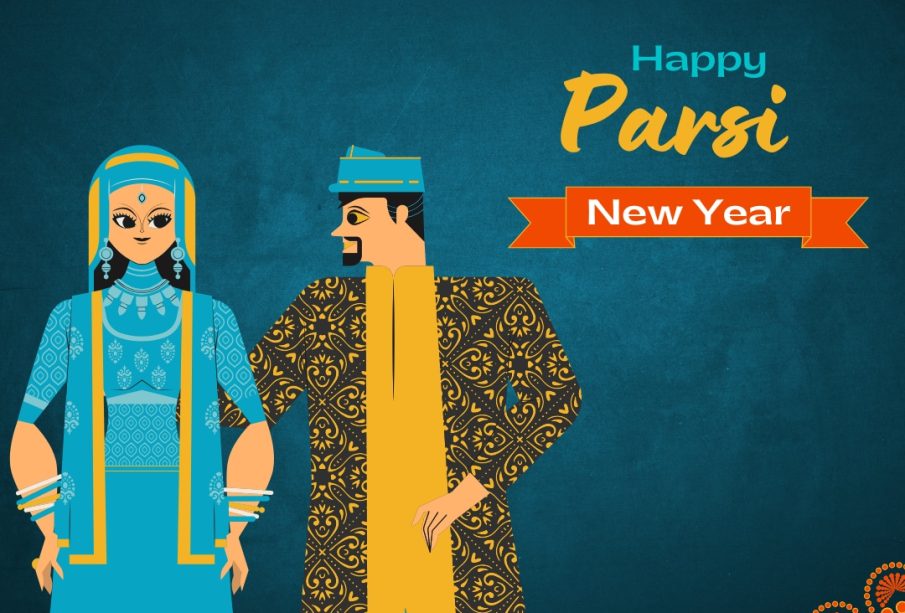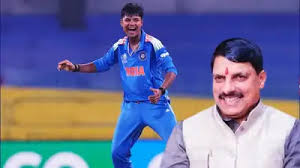Celebrating Parsi New Year 2025: Traditions and Festivities

Introduction
Parsi New Year, known as Navroz, is a significant cultural and religious festival celebrated by the Zoroastrian community worldwide. In 2025, this vibrant festival will be observed on August 16th. The importance of Parsi New Year extends beyond just a change of calendar; it symbolizes renewal, harmony, and the spirit of community among Parsis, particularly in India where the community has a rich history and contribution to the country’s diversity.
Significance of Parsi New Year
Navroz coincides with the vernal equinox and marks the beginning of the year in the Zoroastrian calendar. It signifies the arrival of spring, a time of rejuvenation and hope. The festival also commemorates the creation of the world, making it an occasion for reflection and gratitude. For the Parsi community, which has roots tracing back to ancient Persia (present-day Iran), this day is filled with rituals, prayers, and family gatherings.
Celebrations and Traditions
The celebrations for Parsi New Year typically begin with an early morning visit to the fire temple, where prayers are offered for good health and prosperity. People don traditional attire, often in white or bright colors symbolizing purity and joy. Special prayers called ‘Jashan’ are conducted to invoke blessings for the upcoming year.
Food plays a central role in the festivities. Families prepare an array of traditional dishes, including ‘sali boti’ (a meat dish served with fried potatoes), ‘biryani’, and various sweets. The sharing of delicious meals with friends and family highlights the communal spirit of the festival.
Festivities often extend to community events, cultural programs, and music, bringing together not just Parsis but also people from diverse backgrounds who are eager to learn about the culture. Notably, cities like Mumbai and Pune see lively celebrations, with parades often featuring traditional music, dance, and community engagement.
Conclusion
As Parsi New Year 2025 approaches, it is a reminder of the resilience and richness of the Parsi culture and its contributions to Indian society. The significance of Navroz goes beyond mere celebration; it emphasizes the values of love, peace, and togetherness. The participation of younger generations in these traditions will ensure that the Parsi heritage continues to flourish. For readers, whether Parsi or not, participating in or observing these celebrations can foster a deeper understanding and appreciation for the vibrant tapestry of cultures that coexist in India.









